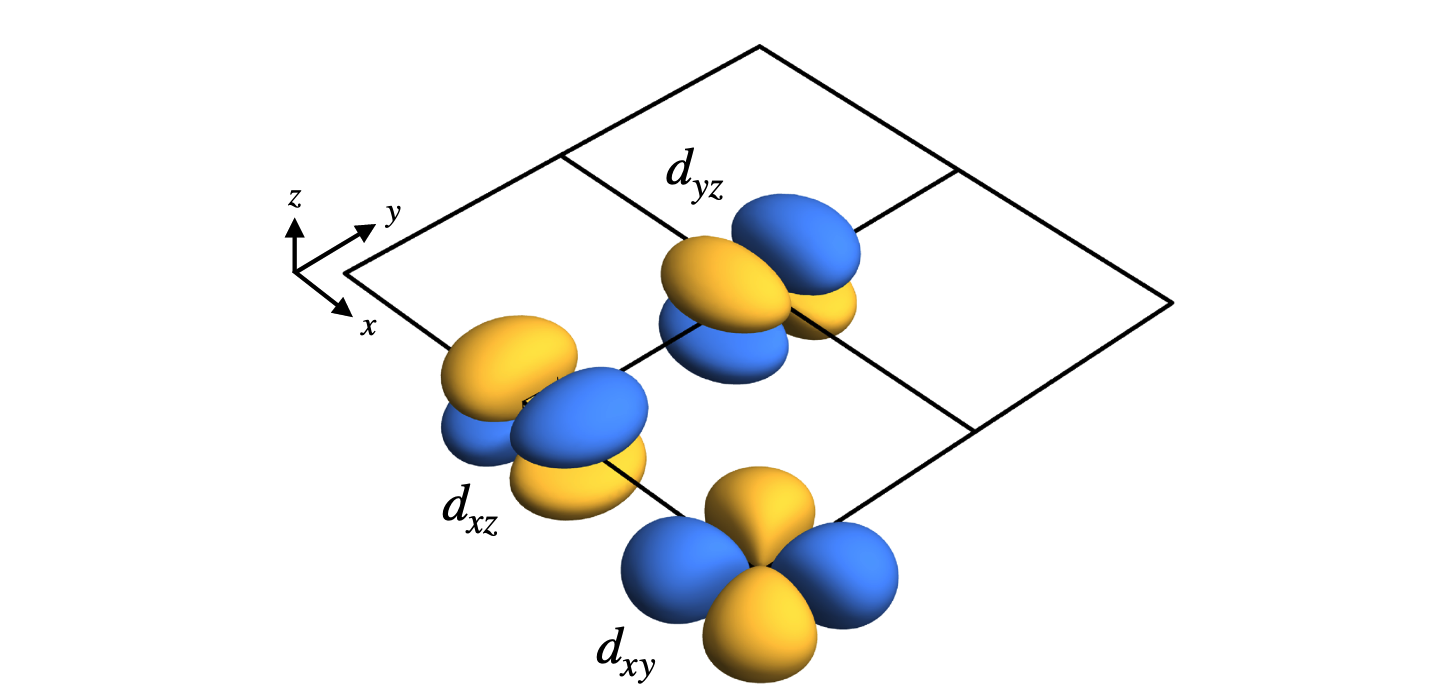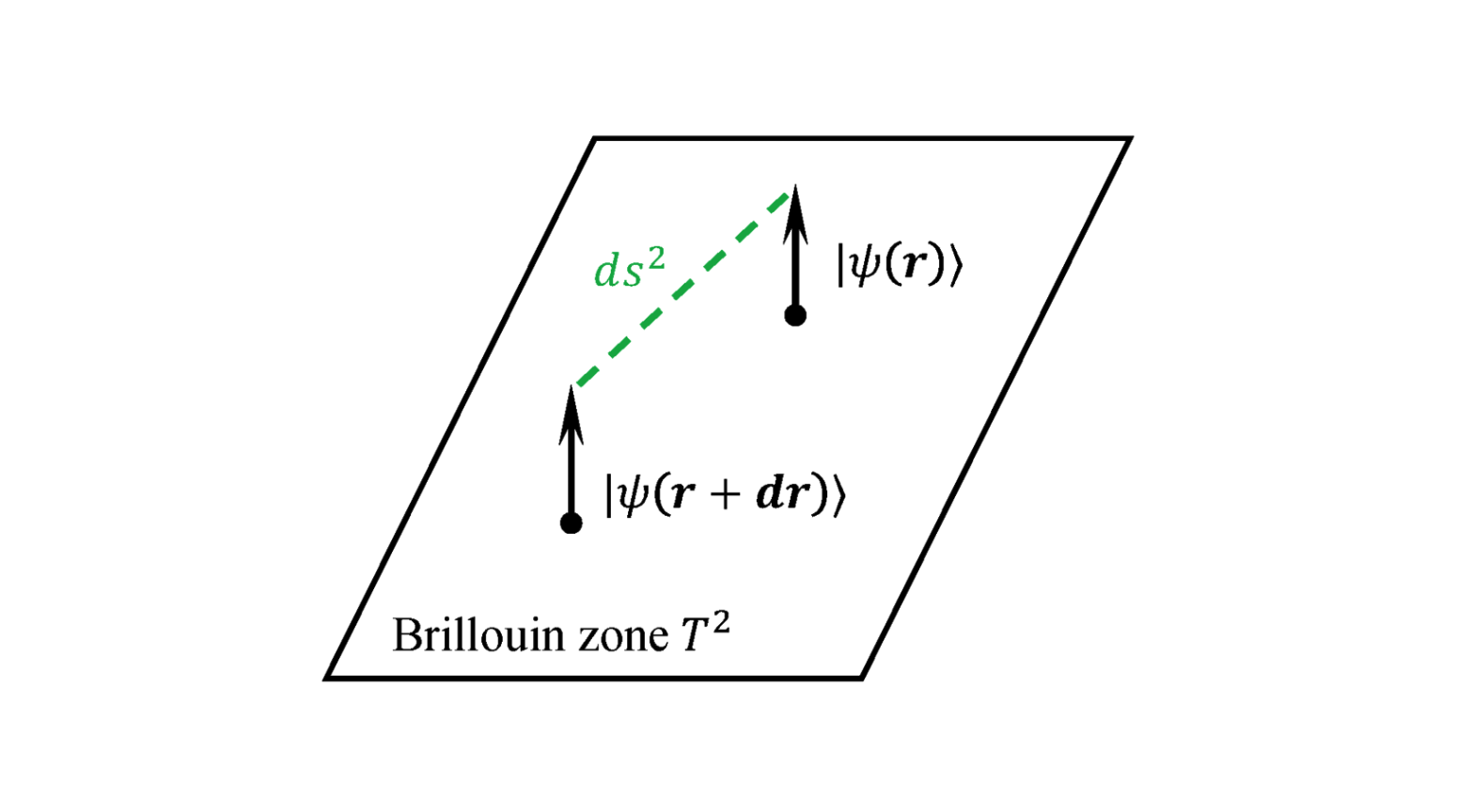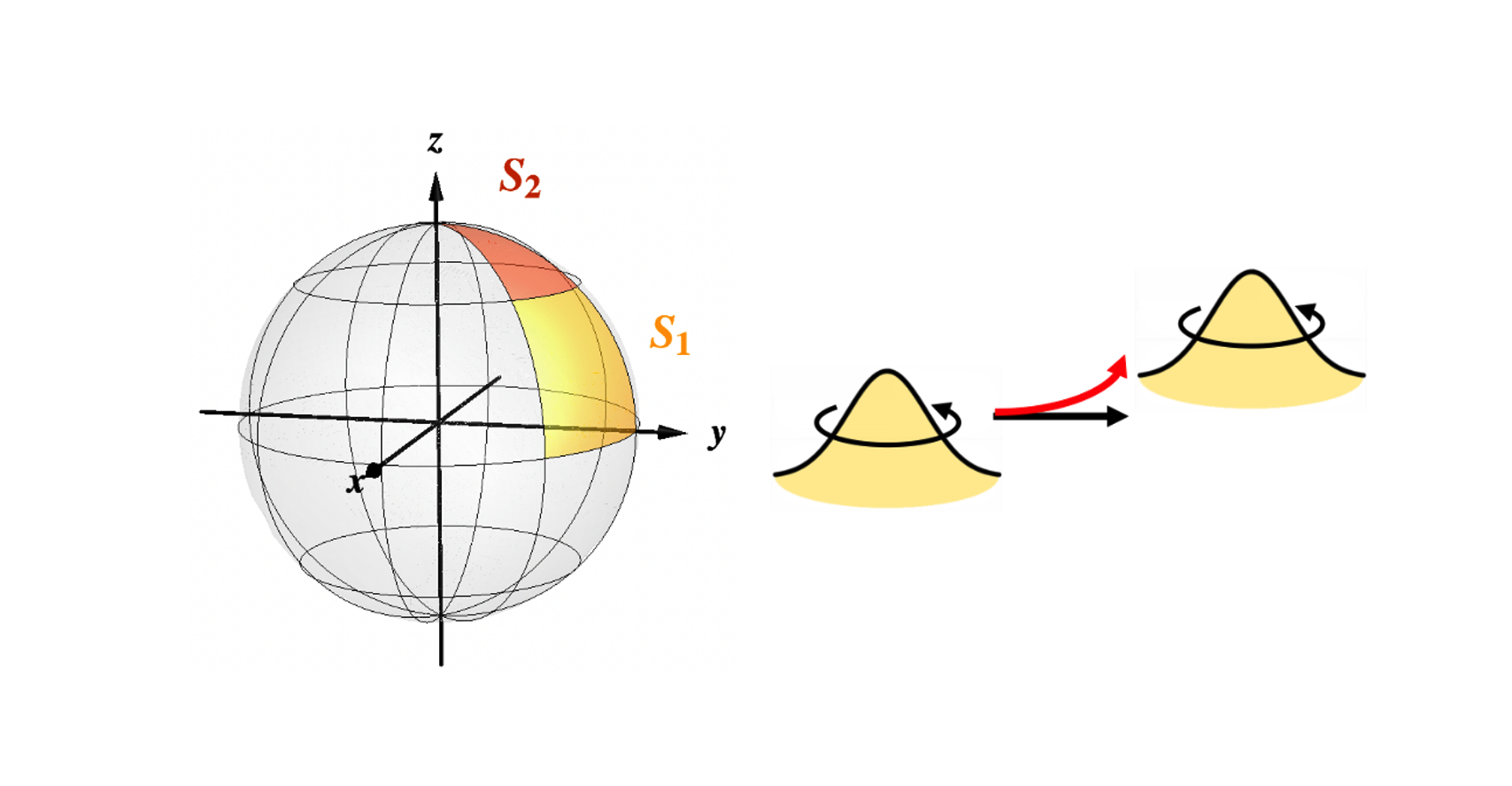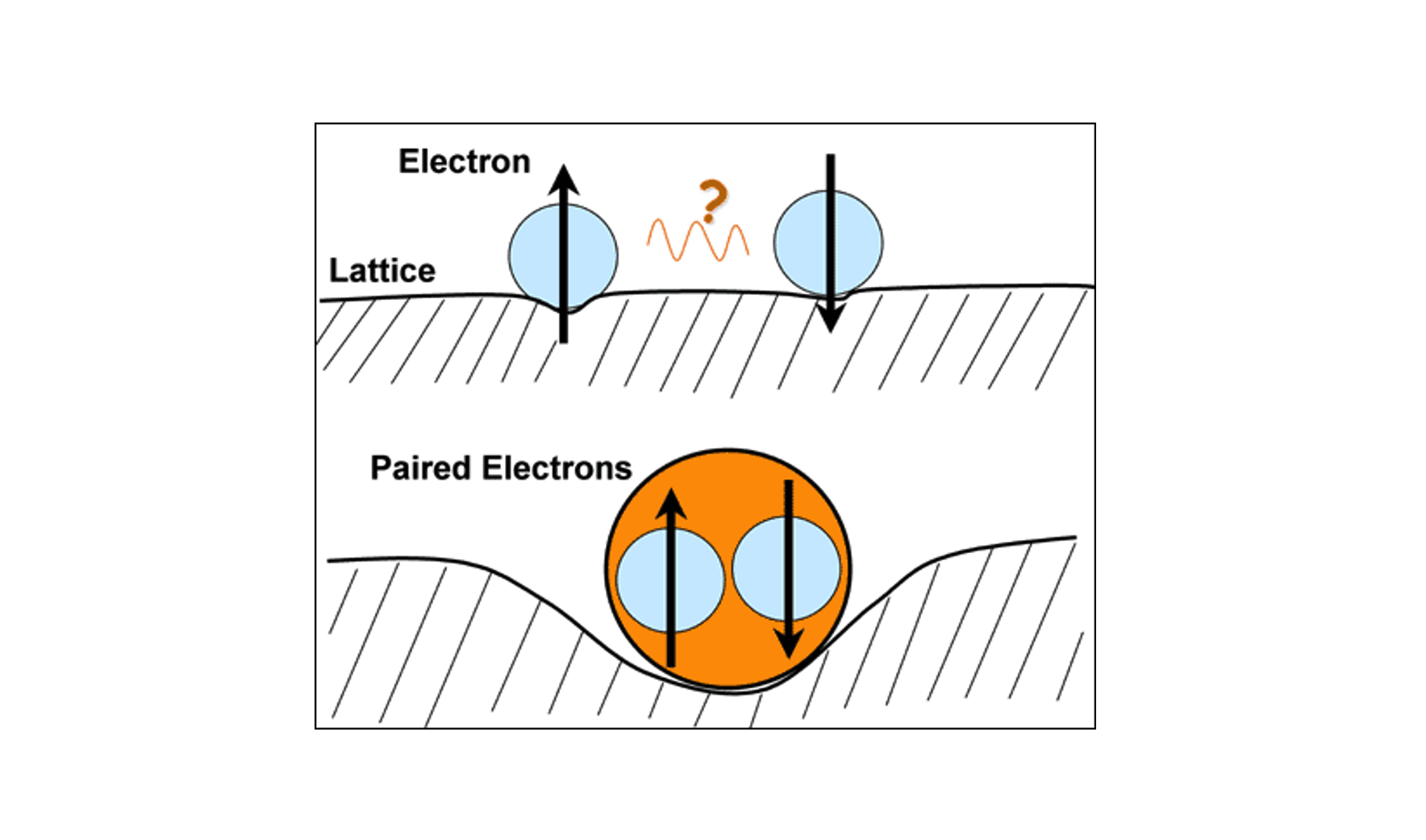Python 循环加速实例
循环加速并行矩阵运算
在前面的博客中,我只是对多重循环中进行了简单的求和,但是在实际的运算中可定不会那么的简单,所以我首先想测试的是如果循环里面是矩阵的运算,速度到底会不会提升的很好。1
2
3
4
5
6
7
8
9
10
11
12
13
14
15
16
17
18
19
20
21
22
23
24
25
26
27
28
29
30
31
32
33
34from numba import jit
import time
import numpy as np
# 函数闭包
#@jit(nopython=True, parallel=True)
def f1():
c = 0
cont = 100000
for i in range(cont):
for j in range(cont):
for k in range(cont):
c = c + i + j + k
return c
# @jit
#@jit(nopython=True, parallel=True)
def f2():
ndim = 100
cont = 1000
mat1 = np.random.rand(ndim,ndim)
matre = np.zeros((ndim,ndim))
for i in range(cont):
for j in range(cont):
for k in range(cont):
matre = np.dot(mat1,mat1)
return matre
t1 = time.time()
# print(f1()) # 计算循环求和
print(f2())
t2 = time.time()
print('Timing cost is(s): ',t2 - t1)

这里的测试表明这个循环加速过程对于矩阵的乘法也是同样适用的,服务器的所有核都被调用起来执行.
nodal-line 杂质计算程序
下面的程序是我想用来重复Impurity-induced resonant states in topological nodal-line semimetals这篇文章的,程序的正确与否还正在检验中,不过确定的是在利用jit进行函数闭包之后,在执行速度上确实是由很明显的提升。1
2
3
4
5
6
7
8
9
10
11
12
13
14
15
16
17
18
19
20
21
22
23
24
25
26
27
28
29
30
31
32
33
34
35
36
37
38
39
40
41
42
43
44
45
46
47
48
49
50
51
52
53
54
55
56
57
58
59
60
61
62
63
64
65
66
67
68
69
70
71
72
73
74
75
76
77
78
79
80
81
82
83
84
85
86
87
88
89
90
91
92
93
94
95
96
97
98
99
100
101
102
103
104
105
106
107
108
109
110
111
112
113
114
115
116
117
118
119
120
121
122
123
124
125
126
127
128
129
130
131
132
133
134
135
136
137
138
139
140
141
142
143
144
145
146
147
148
149
150
151
152
153
154
155
156
157
158
159
160
161
162from math import * # 引入sqrt(), pi, exp等
import numpy as np
from numba import jit
import cmath
import time
#=============================================
#@jit(nopython = True, parallel = True)
def hamset(kx,ky,on):
hn = on*2
tx = 1.0
ty = 1.0
tz = 1.0
lamz = 1.0
ham = np.zeros((hn,hn)) * (1 + 0j)
for i in range(40):
ham[i,i + on] = tx*cos(kx) + ty*cos(ky)
if(i != on - 1):
ham[i,on + i + 1] = tz/2.0
if(i != 0):
ham[i,on + i - 1] = tz/2.0
if(i != on - 1):
ham[i,i + 1] = lamz/(2*1j)
if(i != 0):
ham[i,i - 1] = -lamz/(2*1j)
ham[on + i,i] = tx*cos(kx) + ty*cos(ky)
if(i != on - 1):
ham[on + i,i + 1] = tz/2.0
if(i != 0):
ham[on + i,i - 1] = tz/2.0
if(i != on - 1):
ham[on + i,on + i + 1] = lamz/(2*1j)
if(i != 0):
ham[on + i,on + i - 1] = -lamz/(2*1j)
return ham
#===============================================
#@jit(nopython = True, parallel = True)
def spectra(kx,ky,on):
gam = 0.01
ham = hamset(kx,ky,on)
eigval, eigvec = np.linalg.eig(ham)
hn = len(ham)
en = 200
omglist = np.linspace(-cmath.pi, cmath.pi, en)
G0 = np.zeros((hn,hn,en)) * (1 + 0j)
Gr0 = np.zeros((hn,hn,en)) * (1 + 0j)
G0r = np.zeros((hn,hn,en)) * (1 + 0j)
G0rr = np.zeros((hn,hn,en)) * (1 + 0j)
# 在所有格点上计算谱函数
for m in range(hn):
for n in range(hn):
for kk in range(en):
re1 = 0 + 0j
for j in range(hn):
re1 += eigvec[n,j]*np.conj(eigvec[m,j])/(omglist[kk] - np.real(eigval[j]) + gam*1j)
G0[m,n,kk] = re1
Gr0[m,n,kk] = re1*cmath.exp(kx*1j)
G0r[m,n,kk] = re1*cmath.exp(-kx*1j)
G0rr[m,n,kk] = re1*cmath.cos(ky)
return G0,Gr0,G0r,G0rr
#==============================================================
def GreenFun(on,kn):
kxlist = np.linspace(-cmath.pi, cmath.pi, kn)
kylist = np.linspace(-cmath.pi, cmath.pi, kn)
a1,a2,a3,a4 = spectra(0.1,0.1,on)
l1,l2,l3 = np.shape(a1)
G0 = np.zeros((l1,l2,l3)) * (1 + 0j)
Gr0 = np.zeros((l1,l2,l3)) * (1 + 0j)
G0r = np.zeros((l1,l2,l3)) * (1 + 0j)
G0rr = np.zeros((l1,l2,l3)) * (1 + 0j)
for ky in kylist:
for kx in kxlist:
a1,a2,a3,a4 = spectra(kx,ky,on)
G0 += a1
Gr0 += a2
G0r += a3
G0rr += a4
# 对积分后的量乘以积分步长
G0 = G0 * 2 * pi/kn
Gr0 = Gr0 * 2 * pi/kn
G0r = G0r * 2 * pi/kn
G0rr = G0rr * 2 * pi/kn
return G0,Gr0,G0r,G0rr
#==================================================================================
# @jit(parallel = True)
def Tmat(on,kn):
v1 = 5;v2 = 10;v3 = 15;v4 = 20;v5 = 25;v6 = 30
a1,a2,a3,a4 = spectra(0.1,0.1,on)
d1,d2,d3 = np.shape(a1) # d3得到的是omega撒点的个数,d1和d2得到是开边界格点数目*2
# omglist = np.linspace(-cmath.pi, cmath.pi, d3) # omega的撒点取值
one = np.identity(d1)
U1 = np.zeros((d1,d2)) * (1.0 + 0j)
U2 = np.zeros((d1,d2)) * (1.0 + 0j)
U3 = np.zeros((d1,d2)) * (1.0 + 0j)
U4 = np.zeros((d1,d2)) * (1.0 + 0j)
U5 = np.zeros((d1,d2)) * (1.0 + 0j)
U6 = np.zeros((d1,d2)) * (1.0 + 0j)
ldos1 = np.zeros((d3,1)) * (1.0 + 0j)
ldos2 = np.zeros((d3,1)) * (1.0 + 0j)
ldos3 = np.zeros((d3,1)) * (1.0 + 0j)
ldos4 = np.zeros((d3,1)) * (1.0 + 0j)
ldos5 = np.zeros((d3,1)) * (1.0 + 0j)
ldos6 = np.zeros((d3,1)) * (1.0 + 0j)
U1[0,0] = v1
U1[on,on] = v1
U2[0,0] = v2
U2[on,on] = v2
U3[0,0] = v3
U3[on,on] = v3
U4[0,0] = v4
U4[on,on] = v4
U5[0,0] = v5
U5[on,on] = v5
U6[0,0] = v6
U6[on,on] = v6
G0,Gr0,G0r,G0rr = GreenFun(on,kn)
for momg in range(d3):
T1 = np.dot(np.linalg.inv(one - U1 * G0[:,:,momg]), U1)
T2 = np.dot(np.linalg.inv(one - U2 * G0[:,:,momg]), U2)
T3 = np.dot(np.linalg.inv(one - U3 * G0[:,:,momg]), U3)
T4 = np.dot(np.linalg.inv(one - U4 * G0[:,:,momg]), U4)
T5 = np.dot(np.linalg.inv(one - U5 * G0[:,:,momg]), U5)
T6 = np.dot(np.linalg.inv(one - U6 * G0[:,:,momg]), U6)
Grr1 = G0rr[:,:,momg] + np.dot(np.dot(Gr0[:,:,momg] ,T1) , G0r[:,:,momg])
Grr2 = G0rr[:,:,momg] + np.dot(np.dot(Gr0[:,:,momg] ,T2) , G0r[:,:,momg])
Grr3 = G0rr[:,:,momg] + np.dot(np.dot(Gr0[:,:,momg] ,T3) , G0r[:,:,momg])
Grr4 = G0rr[:,:,momg] + np.dot(np.dot(Gr0[:,:,momg] ,T4) , G0r[:,:,momg])
Grr5 = G0rr[:,:,momg] + np.dot(np.dot(Gr0[:,:,momg] ,T5) , G0r[:,:,momg])
Grr6 = G0rr[:,:,momg] + np.dot(np.dot(Gr0[:,:,momg] ,T6) , G0r[:,:,momg])
ldos1[momg] = -(1/cmath.pi) * np.imag(Grr1[0,0] + Grr1[on,on])
ldos2[momg] = -(1/cmath.pi) * np.imag(Grr2[0,0] + Grr2[on,on])
ldos3[momg] = -(1/cmath.pi) * np.imag(Grr3[0,0] + Grr3[on,on])
ldos4[momg] = -(1/cmath.pi) * np.imag(Grr4[0,0] + Grr4[on,on])
ldos5[momg] = -(1/cmath.pi) * np.imag(Grr5[0,0] + Grr5[on,on])
ldos6[momg] = -(1/cmath.pi) * np.imag(Grr6[0,0] + Grr6[on,on])
return ldos1,ldos2,ldos3,ldos4,ldos5,ldos6
#=================================================================================
def dataSave(on,kn):
d1,d2,d3,d4,d5,d6 = Tmat(on,kn)
en = len(d1)
olist = np.linspace(-cmath.pi, cmath.pi, en).reshape((en,1))
re = np.hstack((np.real(olist),np.real(d1),np.real(d2),np.real(d3),np.real(d4),np.real(d5),np.real(d6)))
np.savetxt('ldos.dat',np.real(re),fmt='%.5f')
#==================================================================================
def main():
on = 40 # open lattice size
kn = 512 # k-point integration
t1 = time.time()
dataSave(on,kn)
t2 = time.time()
print('Timing cost is(s): ',t2 - t1)
#========================================================
if __name__ == '__main__':
main()
鉴于该网站分享的大都是学习笔记,作者水平有限,若发现有问题可以发邮件给我
- yxliphy@gmail.com
也非常欢迎喜欢分享的小伙伴投稿










